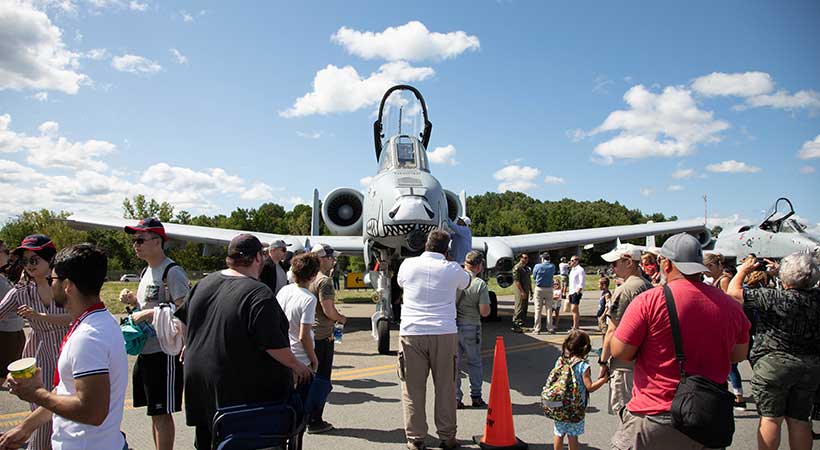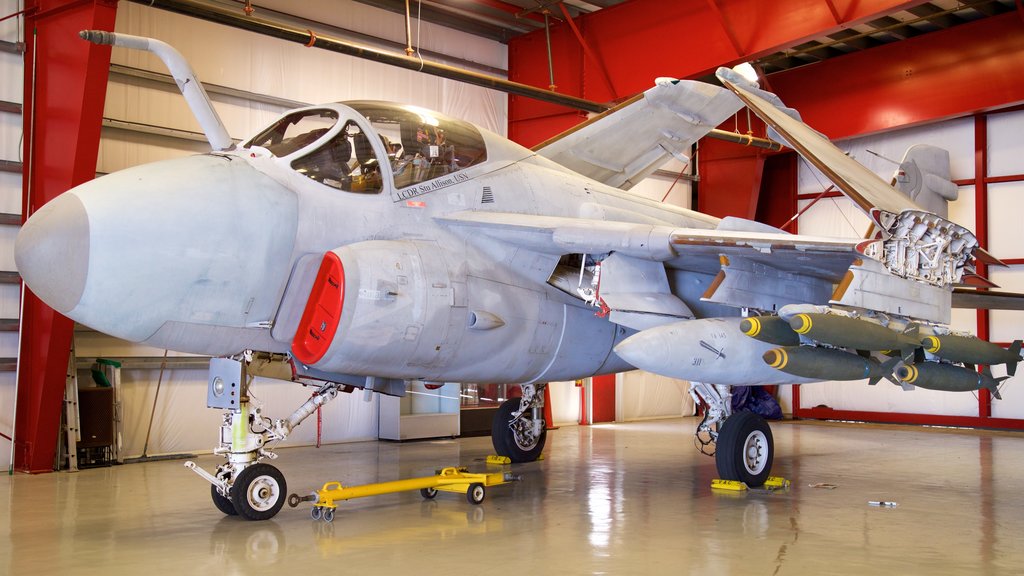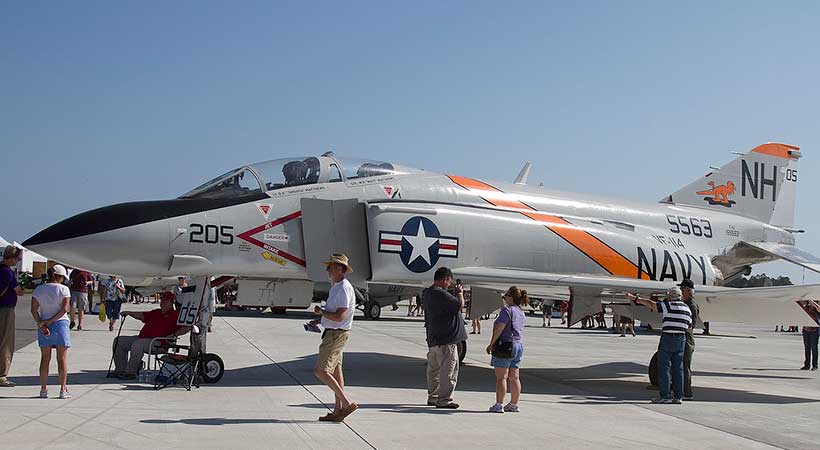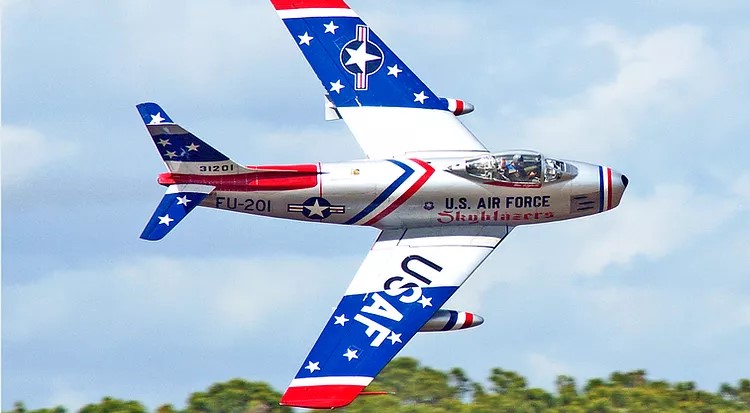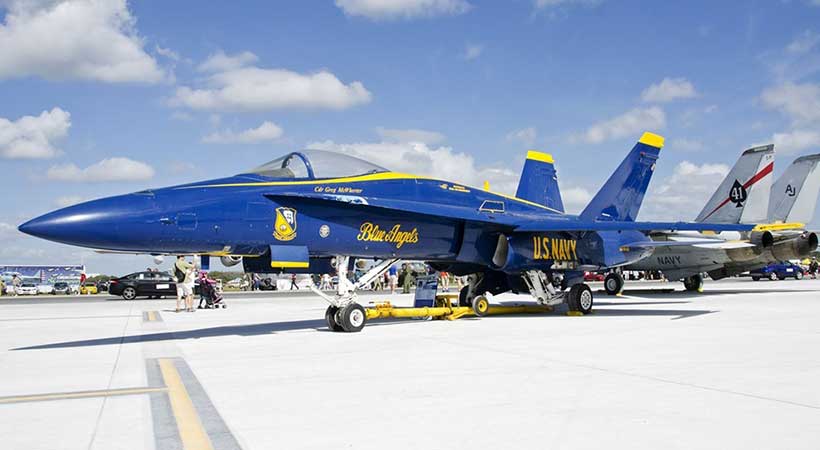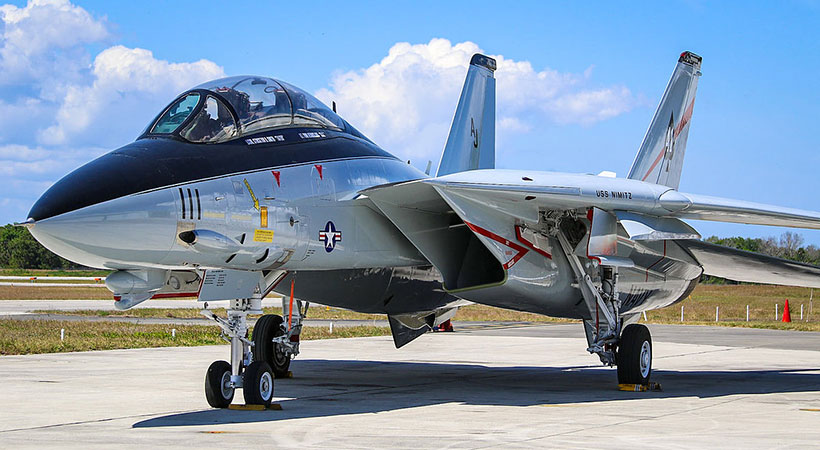A-10 Thunderbolt II
The A-10 Thunderbolt II better known as the "Warthog" is a single-pilot attack aircraft designed for short takeoffs and landings from primitive airfields. The A-10 can operate nearly anywhere and provide ground troops with close air support. The entire aircraft was largely designed around its nose gun, a 30 mm Avenger cannon. The seven-barrel rotary cannon measures nine feet long and fires 30mm armor-piercing shells at a rate of nearly 4,000 rounds per minute. As a result it has been given the nickname “Tank killer”. The Avenger cannon also represents over 15 percent of the aircraft's weight. When the gun is removed for maintenance, the A-10's tail must be supported to keep the nose from tipping up...

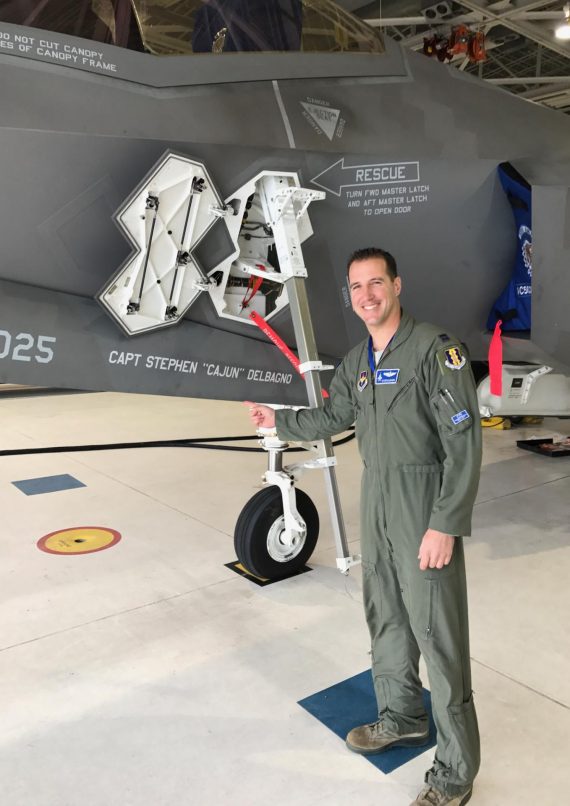 AirDotShow partners with the National Air, Sea and Space Foundation to give back through hosting STEM Education Programs to inspire the next generation to pursue careers in aerospace. AirDotShow also support the NASSF’s Cajun Scholarship founded to honor fallen Thunderbird pilot Stephen “Cajun” Del Bagno
AirDotShow partners with the National Air, Sea and Space Foundation to give back through hosting STEM Education Programs to inspire the next generation to pursue careers in aerospace. AirDotShow also support the NASSF’s Cajun Scholarship founded to honor fallen Thunderbird pilot Stephen “Cajun” Del Bagno

